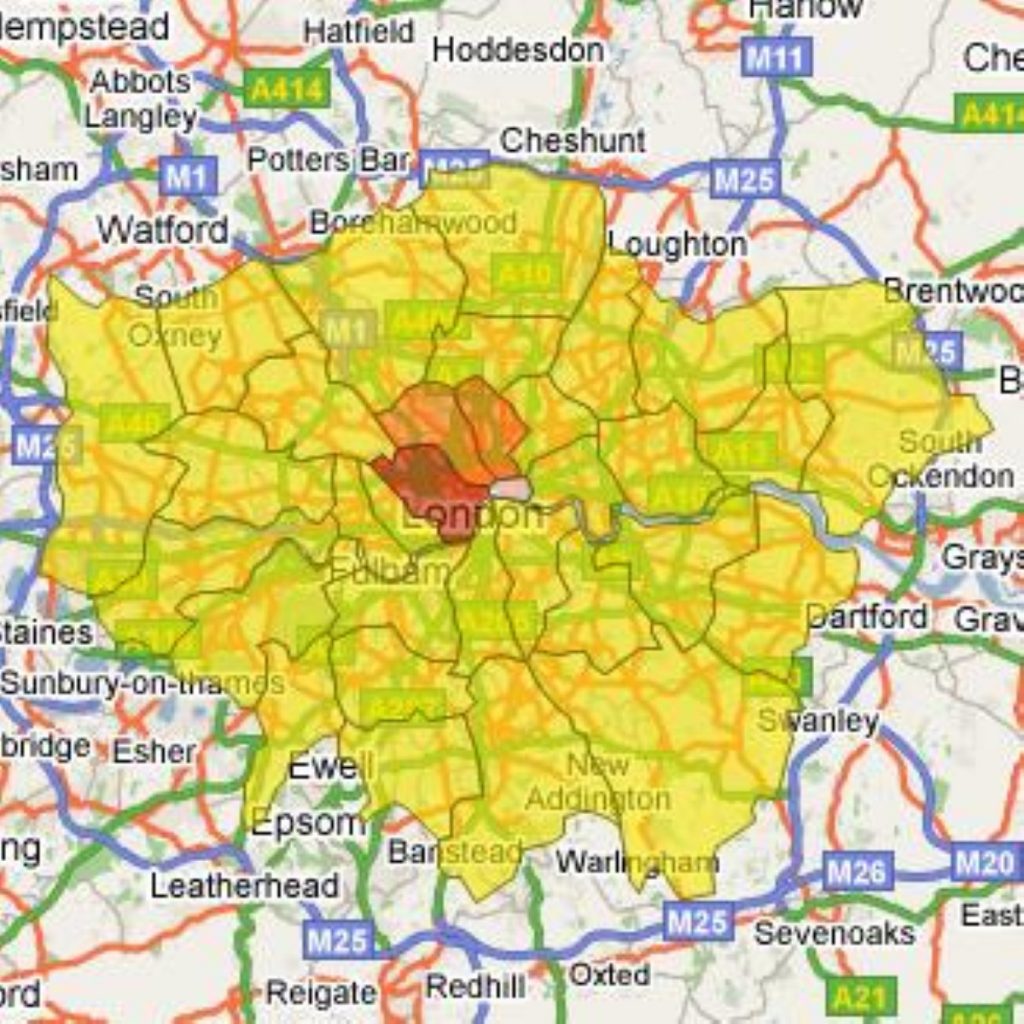New police crime maps ‘confusing’
By Jonathan Moore
Interactive police crime maps are leaving people “bewildered and confused” a new study has found.
As part of the government’s policing strategy they require every police force across the country to produce an interactive map showing crime rates and locations.
Digital agency Cimex has undertaken a study to see how police forces are meeting these targets and it says their findings are “alarming”.


“The government wants the public to work in partnership with the police but in our study we found that crime maps may in fact be damaging this relationship,” said a Cimex spokesman.
“Where crime maps are not effective at telling us clearly and easily about crime in our area the lack of perceived transparency may actually be counter-productive.
“Instead of increasing public confidence, certain police authorities may be exacerbating trust issues.”
Cimex’s User Experience (UX) team looked at the sites of several police forces and a few general mapping information sites including UpMyStreet.
“Generally crime maps were found to be confusing and lacking the interactivity that was one of their key objectives,” said the spokesman.
“These maps are supposed to be reassuring but we found them to be too unclear and lacking professionalism to the point of users doubting the websites’ credibility.”
The UX team actually found the site easiest to use was not a police site but UpMyStreet, as the information on that site was presented in an easily accessible way.
“Although on each site crime statistics were available in one format or another, extracting the relevant information was often a confusing experience,” said a member of the team.
“Crime mapping has the potential to be a very cohesive tool for communities across the UK.
“However, the execution and communication of data that are meaningful to citizens is currently lacking and a complete turn off.
“The police authorities need to improve the way they provide this kind of information for crime mapping to evolve successfully.”
Of complaints those tested had, an information overload because of too many details and overcomplicated navigation were among the most significant.

